Free Shipping to the Contiguous United States
How to Build or Buy a Barn Owl Nest Box
Choosing a Barn Owl Box that Works
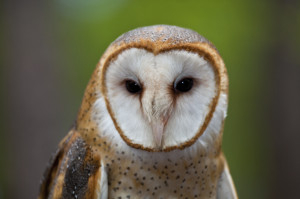
Barn owls have become very popular to attract for various reasons. Owners of vineyards, orchards, and farms have found that barn owls can significant reduce damage by crop-eating rodents. Property owners can benefit the same way with sometimes no more than one or two nest boxes. Conservationists are finding that erecting owl houses is the best way for bringing back numbers of barn owls in areas where they have declined. And bird lovers simply love having them around to enjoy the opportunity of watching these white-faced, golden winged raptors sail out over a field at dusk on the hunt.
The popularity of attracting barn owls has resulted in a wide range of barn owls box designs, both do-it-yourself and those that are marketed commercially. Often, these designs do not take into account the biology and daily needs of these large owls. With so many versions of nest box to choose from, some excellent, some not so good, this article is intended to help barn owl enthusiasts make wise decisions about which elements are ideal for successfully attracting and housing these beautiful raptors.
The Five Most Important Design Elements for a Barn Owl Box
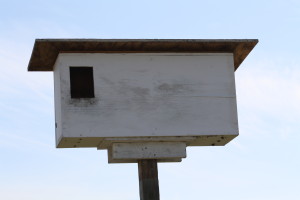
1. Appropriate Size: Too many barn owl box designs create a nest box that might be only 18” deep. While this size can attract a breeding pair, keep in mind that barn owls produce an extraordinary number of young—seven is quite common. And keep in mind that the entire brood of owls must reach adult size inside that nest box before fledging, each of them 12 to 14 inches high, and flapping their wings in preparation for flight. In such small boxes, flight feathers are damaged, smaller birds are not found to receive food, and young birds are pushed accidentally from their nest boxes. In short, fewer birds survive from such owl houses. Rule of thumb: select designs that are at least 24” deep, 18” high, and 18” wide.
2. Size of Entrance Hole: Many designs err on the size of the entrance hole, usually making them too large. All cavity nesting birds, including barn owls, prefer an entrance hole that is just large enough for them to squeeze through, but too small for larger animals that might prey on the eggs or chicks. Numerous designs dictate a six or seven inch hole. This is far too large and may cause barn owls to shun such a nest box. Other designs call for a hole as small as 4 ½” inches. Although some barn owls can fit through, barn owls vary in size, with females being larger than males and American barn owls larger than those in Europe. Choose a design with a 5” to 5 ½” entrance hole.
3. Location of Entrance Hole: A number of designs call for an entrance hole that is almost level with the floor. This is a poor choice because the ever curious and rambunctious young tend to crowd toward the entrance hole as they get older. This design allows for them to fall out way too early. Always pick a design with the entrance hole at least six inches off the floor.
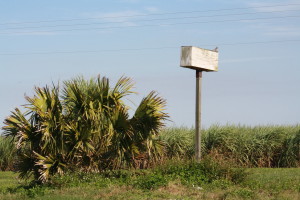
4. Color: Many wooden boxes are left natural to blend into the environment. While this may satisfy certain aesthetics, the problem is that most wooden boxes are heat traps especially in western and southern states. As the sun beats down on dark wood, the interior can become excessively hot. Biologists have found young owls, too young to leave the nest, on the ground where they took refuge from the stifling heat inside wooden boxes. If you do buy or make a wooden box, be sure to paint the entire outside with bright white paint to reduce heat absorption and plan to repaint every year or two.
5. Material: Most commercially made boxes and available plans use half-inch plywood.
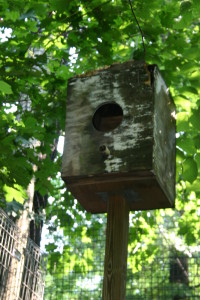
The problem with such thin ply is that, after the expense and labor of construction and installation, half inch plywood deteriorates rapidly in sun and rain. The alternate choice, ¾ to 1” plywood will last somewhat longer. The problem with thicker ply is that it creates a box that is very heavy and difficult to install. So, when it comes to plywood owl houses, the choice is between longer life and ease of installation. If you are buying a wooden box, ask the builder the thickness of the wood.
Using these basic guidelines, you should be able to select either a do-it-yourself plan or a ready-made owl house that will provide an ideal environment for a barn owl family. For more information on our own manufactured designs, go to our Product Page. Our two molded plastic models, are pictured below. We offer one design for putting on poles, The Pole Model, and another for inserting into barns and outbuildings, The Barn Model. Good luck with your barn owls!

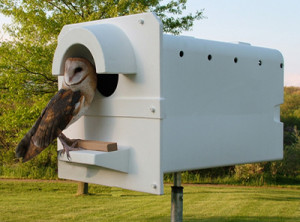
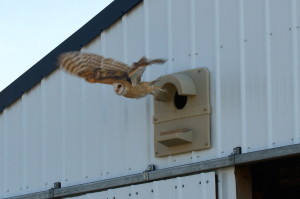
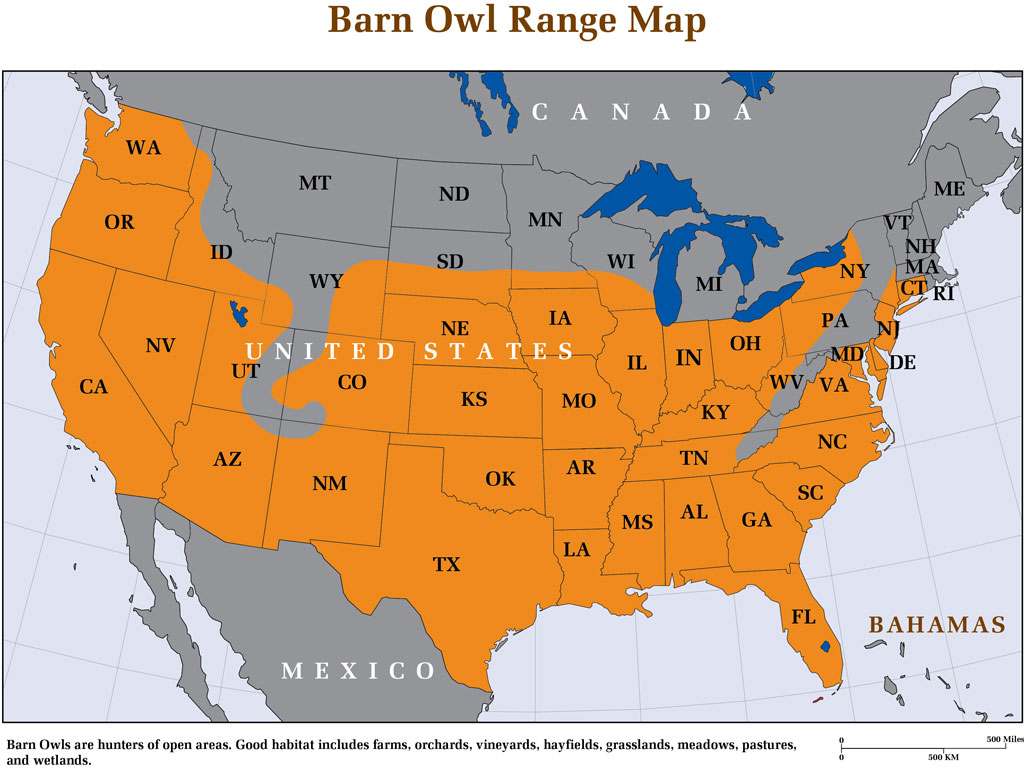
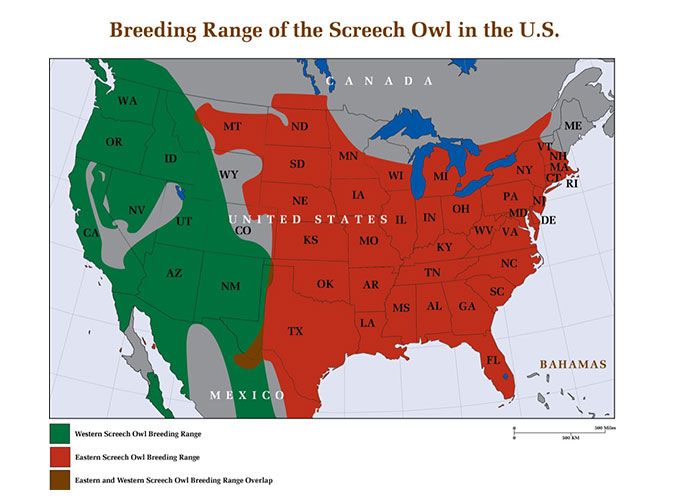

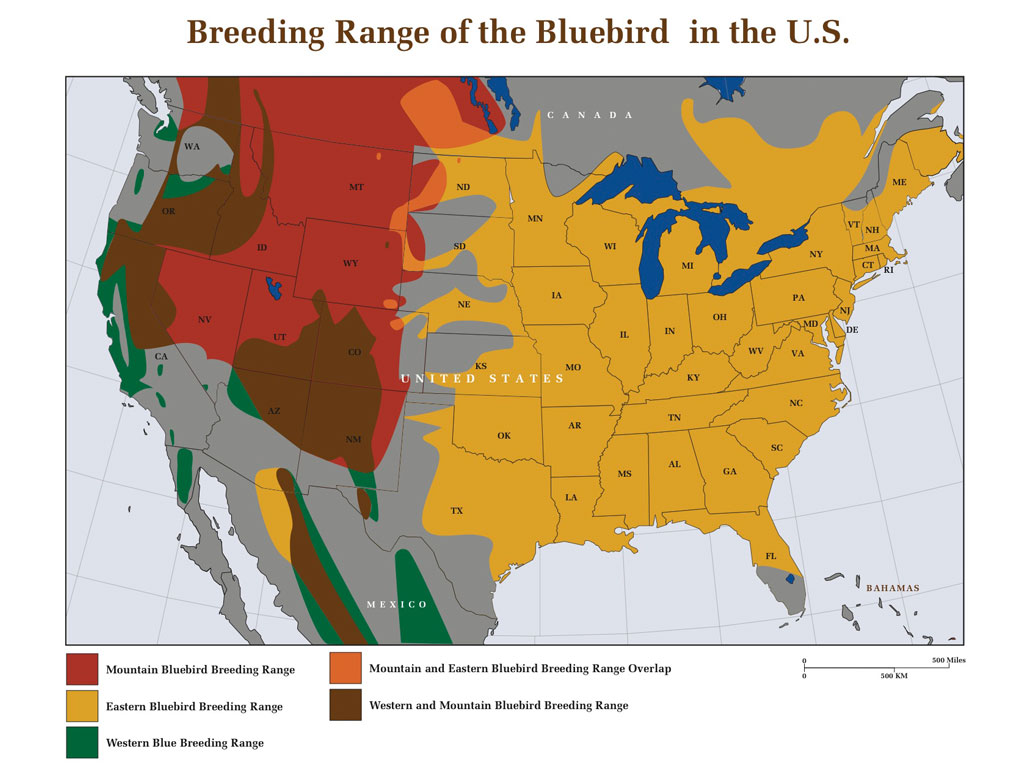



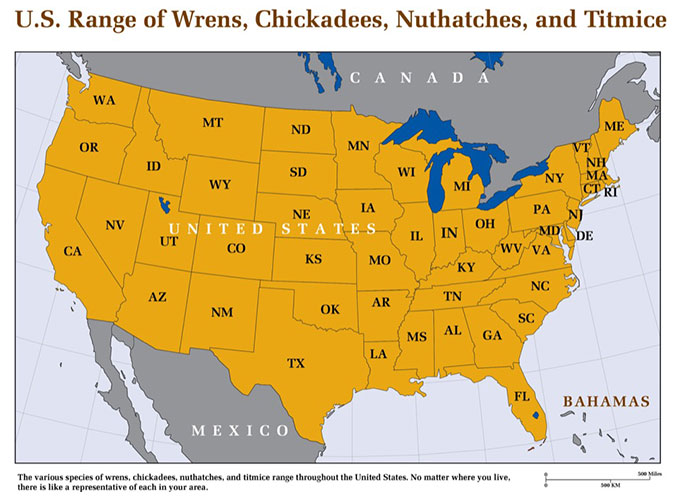
Join those attracting barn owls for conservation and natural rodent control. Put up a barn owl box and help conserve these beautiful raptors!